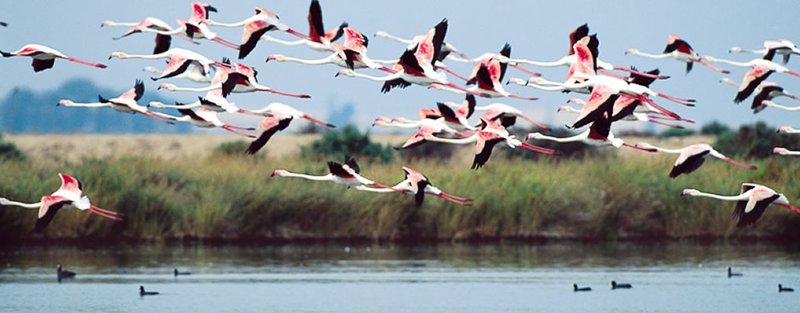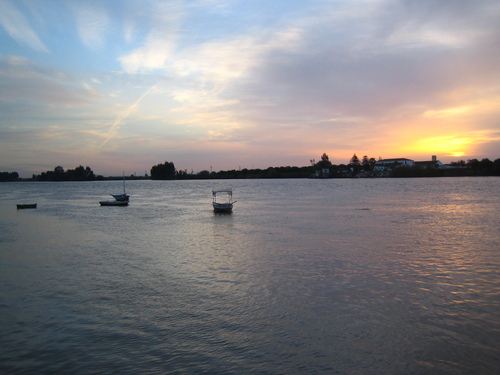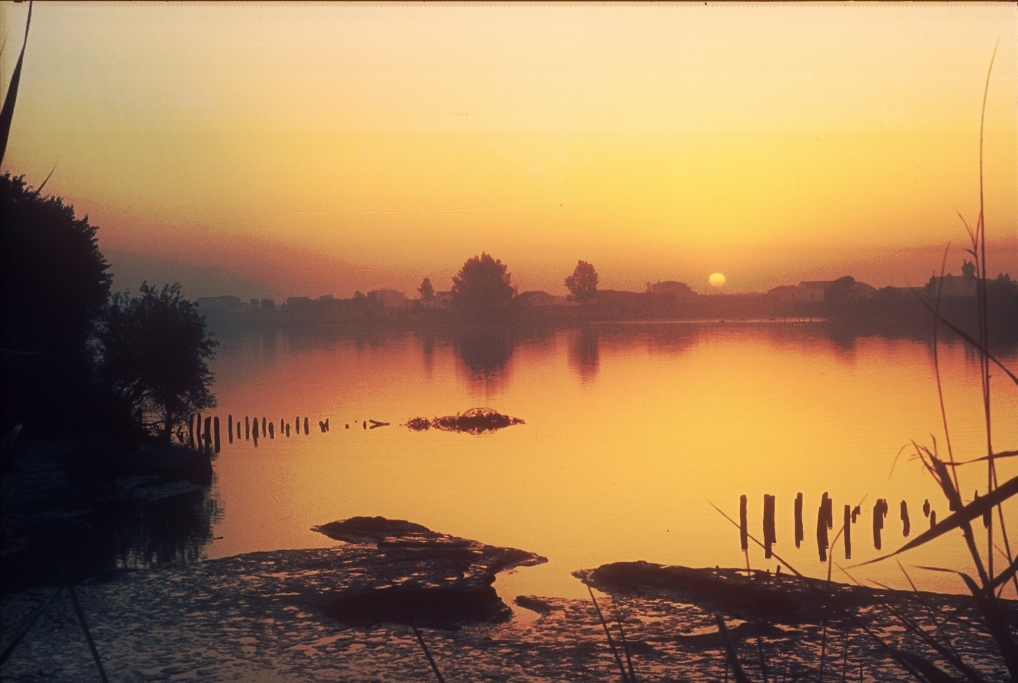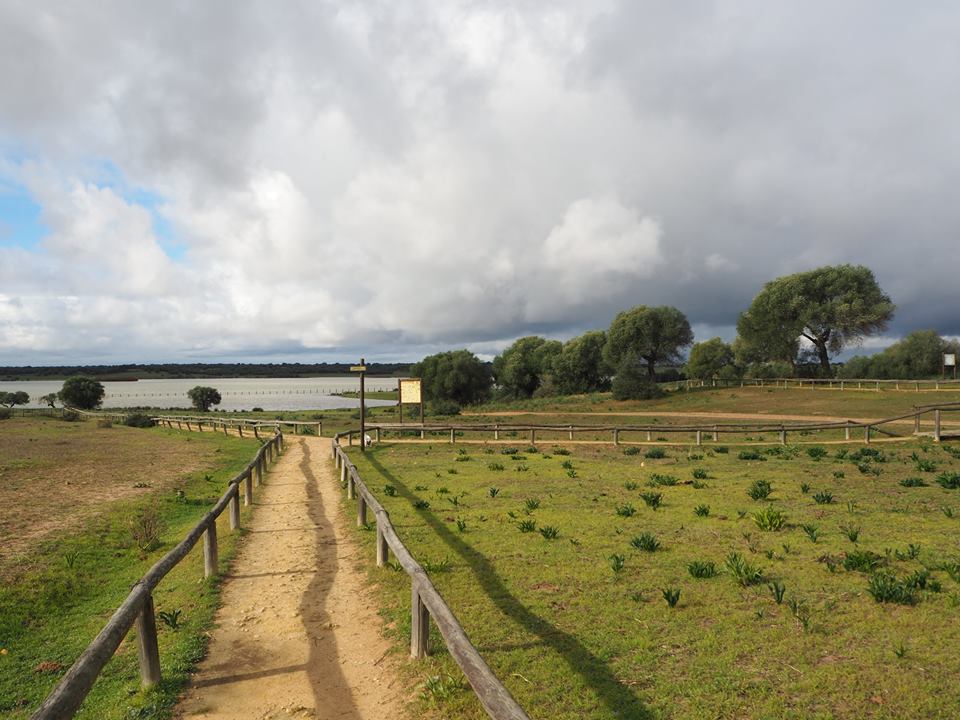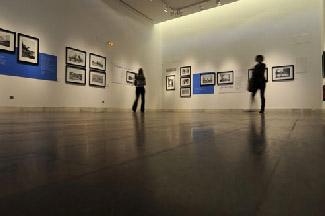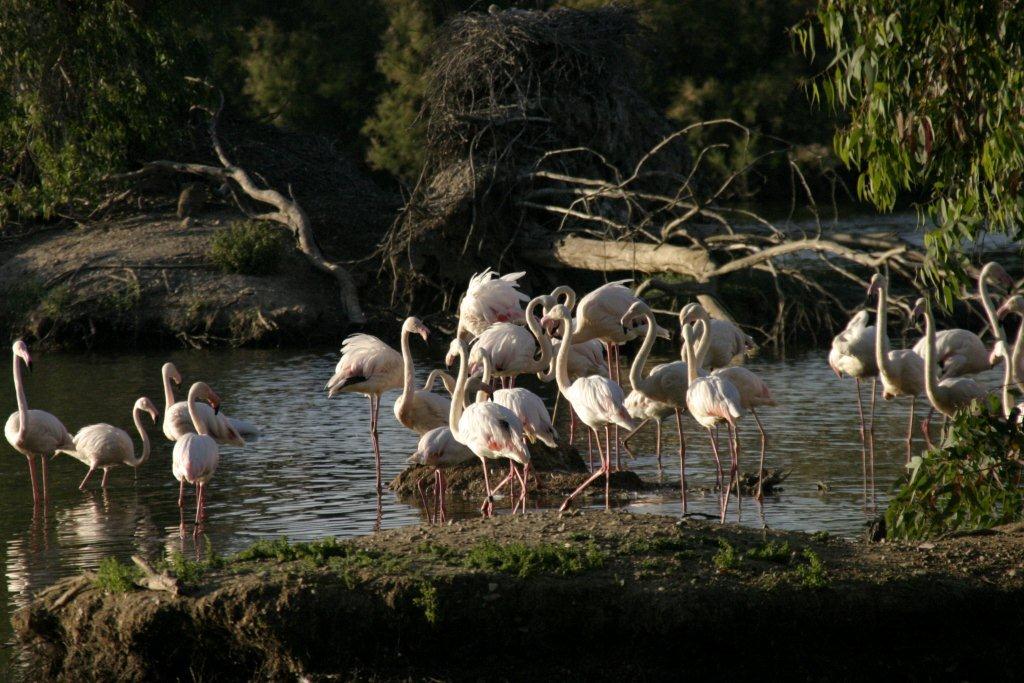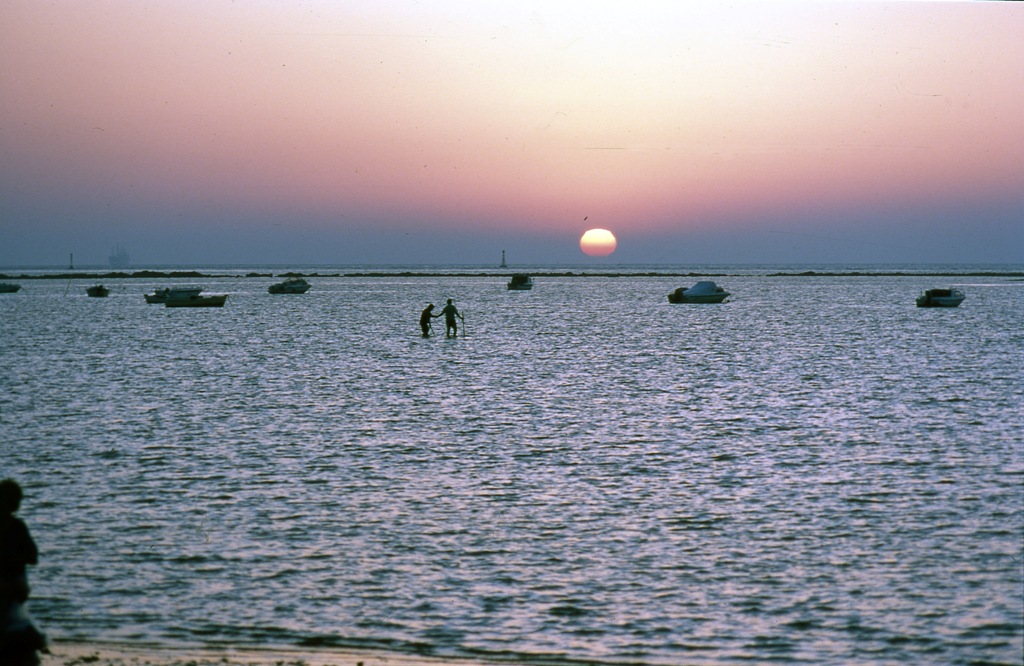Puebla del Río, La

Beautiful village located in the southern part of the province, on the right bank of the Guadalquivir River.
It includes protected natural spaces of great interest: the Natural Park of the Surroundings of Doñana and the Natural Reserve of Brazo del Este, both of major ecological value and which are a preview of the splendid marshes of the Guadalquivir and the park of Doñana.
The village is surrounded by a landscape of cultivated farmland and rice fields in the marshes. Its most interesting monuments are the Church of Nuestra Señora de la Granada and the Hermitage of San Sebastián.
History
Its fertile lands have been cultivated since prehistoric times.During the Neolithic it must have been an important settlement, as evidenced by the archaeological remains of its storage pits, the most important of the Iberian peninsula, comparable to those of Lower Egypt.
The village must have been an important cultural centre of the Tartessians, who called it Massia Tarseion.
During the Roman domination it was an important commercial centre.
Not much is known of the village during the period of Al-Andalus. Following the Christian conquest it was granted the privileges and franchises of Seville.
As a result of the attacks of the Benimerines, Ferdinand III set up a fortified outpost along the Guadalquivir River to protect the city of Seville. The locality was called La Guardia. Alphonso X repopulated the AREA and granted its inhabitants their own charter. From that time onwards the village was called Puebla, and this name became official in 1916.
Between 1925 and 1930 the farmers of the village began cultivating rice.
Eminent citizens
Angel and Rafael Peralta, mounted bullfighters.
Eulalia del Pino, actress and ballet dancer.
Antoñita Moreno.
Macarena del Río.
Loli Martínez "La Canastera".
Los Romeros de la Puebla, flamenco musicians.
Angel Pineda de la Carrera.
Salvador Fernández Álvarez.

- Max 22
- Min 14
- Max 71
- Min 57
- °C
- °F


